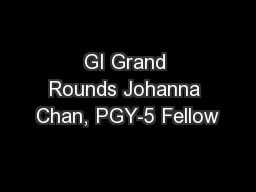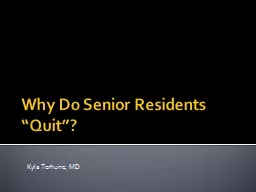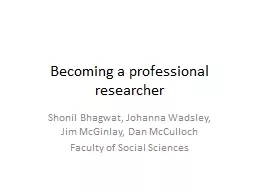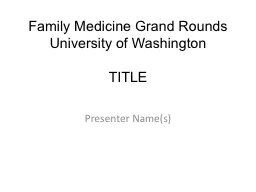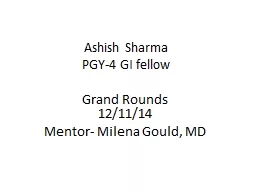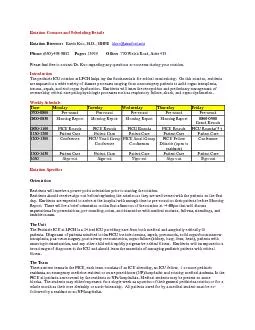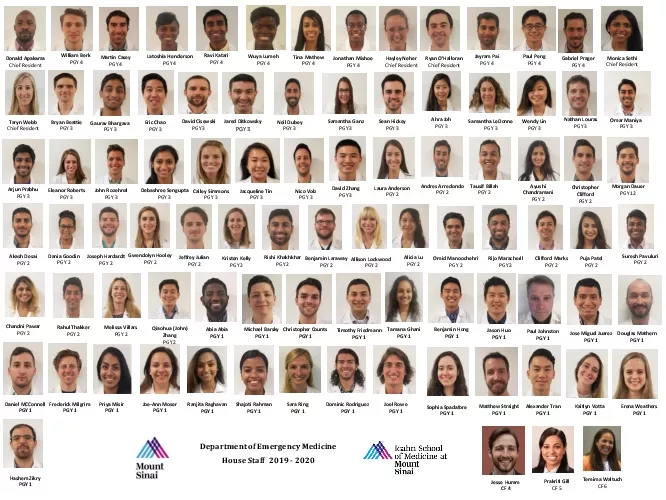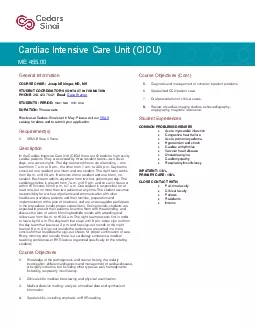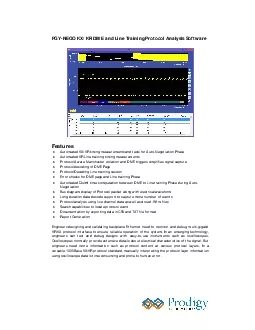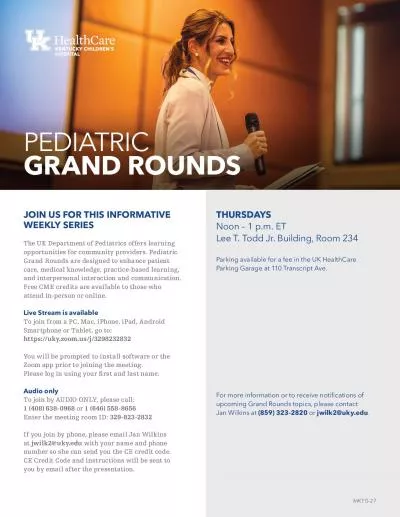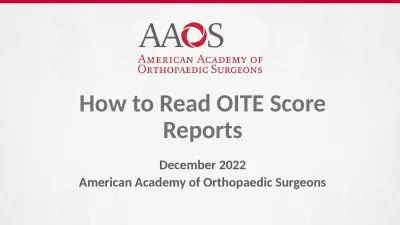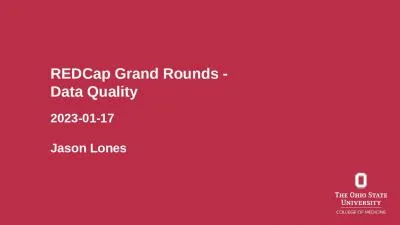PPT-GI Grand Rounds Johanna Chan, PGY-5 Fellow
Author : pattyhope | Published Date : 2020-06-13
Baylor College of Medicine 6 5 2014 Mentors Dr Kalpesh Patel Dr Prasun Jalal No conflicts of interest No financial disclosures HPI Reason for consult jaundice
Presentation Embed Code
Download Presentation
Download Presentation The PPT/PDF document "GI Grand Rounds Johanna Chan, PGY-5 Fell..." is the property of its rightful owner. Permission is granted to download and print the materials on this website for personal, non-commercial use only, and to display it on your personal computer provided you do not modify the materials and that you retain all copyright notices contained in the materials. By downloading content from our website, you accept the terms of this agreement.
GI Grand Rounds Johanna Chan, PGY-5 Fellow: Transcript
Download Rules Of Document
"GI Grand Rounds Johanna Chan, PGY-5 Fellow"The content belongs to its owner. You may download and print it for personal use, without modification, and keep all copyright notices. By downloading, you agree to these terms.
Related Documents

